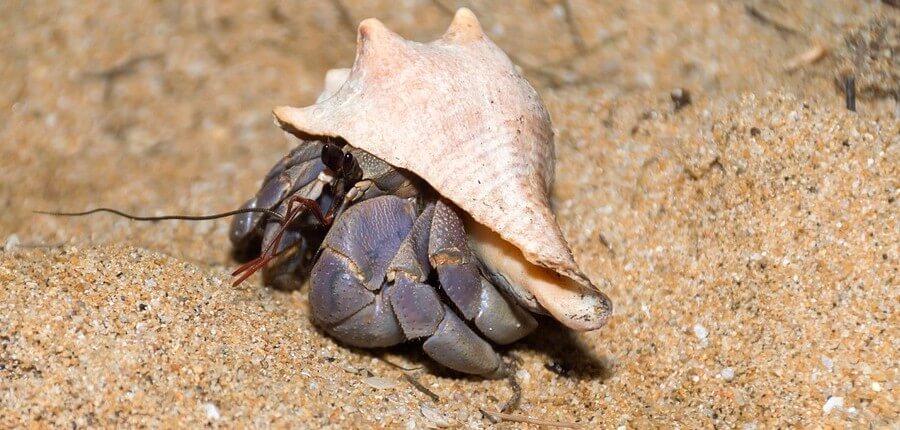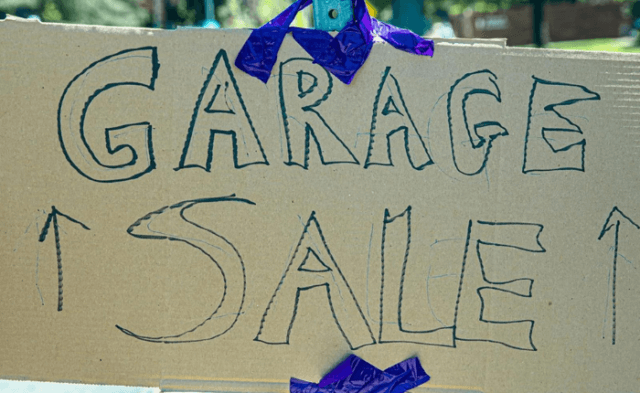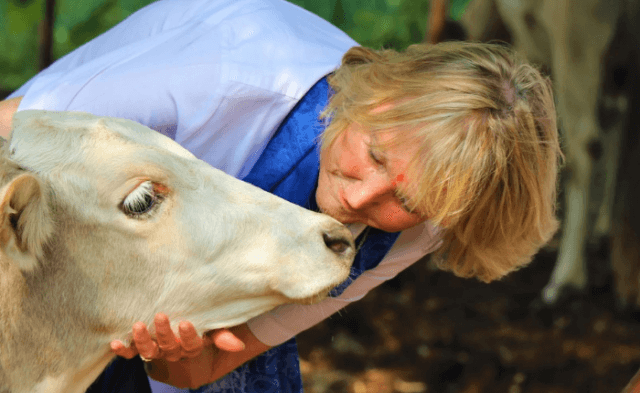As the summer beach season heats up, walk into almost any large seaside souvenir shop, and you’re likely to see them: live hermit crabs in brightly painted shells being sold to tourists who have no idea how to care for them. Save your money and the crabs—don’t buy one. Hermit crabs are miserable in captivity, and taking one home supports a cruel trade with a massive death toll.
After receiving a disturbing tip about a private wholesaler in Orlando, Florida, that sells imported wild-caught hermit crabs to boardwalk shops and also claimed to supply large pet store chains, PETA took a closer look.
Most people probably have no idea that hermit crabs rarely breed in captivity, so all those crabs you see in souvenir shops were snatched from their real homes and forced into a strange and terrifying environment. Every year, hundreds of thousands of Caribbean and Ecuadorian hermit crabs are taken from tropical beaches to benefit the cruel pet trade. At the facility in Florida, PETA’s eyewitness found that wild-caught crabs arrived and were left overnight in cramped burlap sacks by the thousands.
They were then dumped into pens so crowded that many were buried beneath piles of other crabs, unable to eat or drink. Instead of sandy shorelines, they were forced to live on barren plywood floors with nowhere to hide or burrow, both of which are vital to hermit crabs’ welfare.
Hermit crabs struggle to breathe and can even suffocate when the air becomes too dry, but workers made no obvious attempt to measure humidity levels in the pens. When water was offered, thirsty crabs clamored for it, but they were never given access to the salt water that is crucial to their well-being.
In their natural habitat, hermit crabs can live for decades. But at this facility, hundreds of dead crabs were found every day. The owner referred to them as a “waste of money.”
Workers swept crabs into piles, claiming that the survivors would eventually climb out from underneath the dead. But live crabs were thrown into the trash along with dead ones.
And to force crabs into the colorful shells that appeal to tourists, workers used a lever press to crack open their existing shells, leaving them vulnerable and defenseless. The frantic crabs were then given only “fancy” shells coated with paint—which can be toxic—to crawl into. PETA’s eyewitness even found live crabs in a bucket of cracked shells destined for the trash.
Crabs who survived all this were then dumped by the hundreds into cloth sacks, which were taped shut and shipped off to be sold in pet stores and souvenir shops—where more misery awaited them.
Many slowly suffocate because they can’t breathe the dry air in the tiny cages they’re sold in. Others are slowly poisoned by chlorinated tap water or the paint adorning their shells. And still others die because they aren’t given a moist substrate that’s deep enough for them to bury themselves in.
Hermit crabs also need companionship—something that most people never even consider. As social animals, they thrive in large colonies in their natural homes.
So even the most carefully planned “crabitat” is far from ideal for these complex shore-dwellers. This summer, please help keep hermit crabs where they belong—in the wild. Don’t purchase them, refuse to patronize any shop that sells them, and tell the shop owner why.








